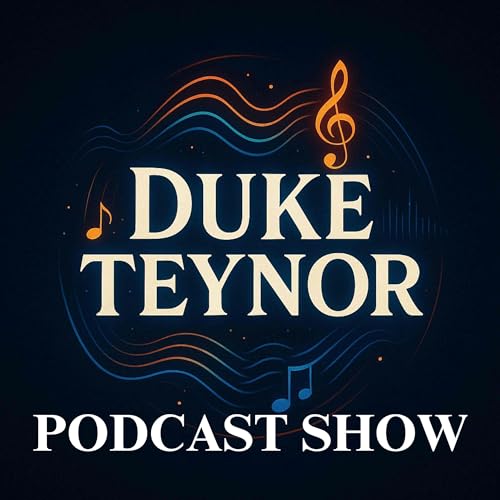
The Morning Wave — Internet Radio Then & Now
カートのアイテムが多すぎます
カートに追加できませんでした。
ウィッシュリストに追加できませんでした。
ほしい物リストの削除に失敗しました。
ポッドキャストのフォローに失敗しました
ポッドキャストのフォロー解除に失敗しました
-
ナレーター:
-
著者:
このコンテンツについて
Here's something wild - back in 1993, streaming just 10 minutes of audio over the internet took longer than actually listening to it. Now we stream crystal-clear audio to billions of devices instantly. The transformation of internet radio might be one of the most underappreciated tech revolutions of our time.
You know what's fascinating about those early days? The technical requirements were so intense that most people thought streaming audio would never catch on. We're talking about times when a single song could take 30 minutes to download on a good day.
Well, two major developments really transformed everything. First, companies like RealAudio created compression algorithms that made streaming actually possible on dial-up connections. Then Shoutcast came along in 1999 and suddenly anyone with a microphone could become a broadcaster - no FCC license required.
EXACTLY. By 2000, we saw this explosion of independent broadcasters. The numbers are pretty striking - we went from maybe a few hundred internet radio stations in 1995 to over 10,000 by 2002. And that was just the beginning.
The cultural impact has been pretty remarkable too. Like how small local stations in places like Mexico and Colombia can now reach their communities worldwide.
Right — and here's something interesting about that global reach. Studies show that about 30% of internet radio listeners regularly tune into stations from countries other than their own. It's creating these unexpected cultural bridges.
The technology behind it has evolved in fascinating ways too. Like how AI translation tools are now making real-time multilingual broadcasting possible.
Speaking of technological evolution, let me share some numbers that'll blow your mind. The average internet radio station in 1995 reached maybe a few hundred listeners. Today, major streaming platforms handle millions of concurrent connections. Spotify alone streams over 100 million tracks to more than 450 million active users.
You know what's really interesting about that quality improvement? It's actually changed how music is produced. Modern producers are now specifically mixing tracks with streaming compression in mind - they're literally shaping the sound of modern music around internet radio technology.
The economic impact has been huge too. Internet radio and streaming have completely restructured how artists make money from their music.
That's such a crucial point. Traditional radio used to control about 75% of music discovery. Now, streaming platforms account for over 85% of how people find new music. And get this - some independent artists are making six-figure incomes just from streaming revenue.
Oh man, let me tell you about that. These algorithms process over 100 billion data points daily to create personalized experiences. They're tracking everything from listening habits to skip rates to time of day preferences. It's basically created this new field of audio data science.
And looking ahead, the possibilities are mind-boggling. We're seeing experiments with spatial audio, interactive radio shows, and even AI-generated content. Some experts predict that by 2025, over 70% of all audio content consumption will happen through internet-based platforms.
That's exactly right. And here's what I find most exciting - every new technological advancement, from 5G to quantum computing, has the potential to transform how we experience audio content. We might look back at today's streaming technology the same way we now look at those early buffering days.
And you know what? That journey really shows us something important about innovation. Sometimes the most revolutionary changes don't happen overnight - they evolve gradually until suddenly we look back and realize everything has changed. Internet radio didn't just change how we listen to music - it changed how we connect with the world.


